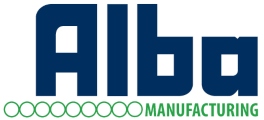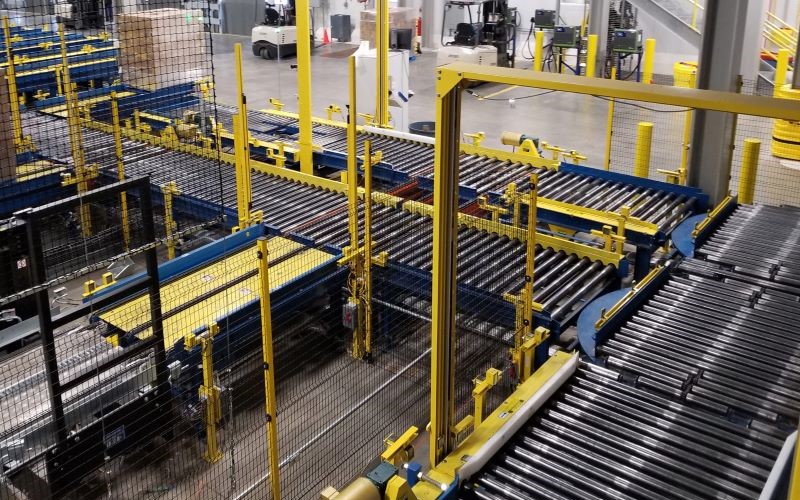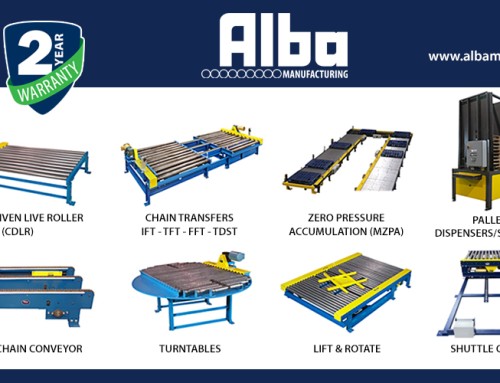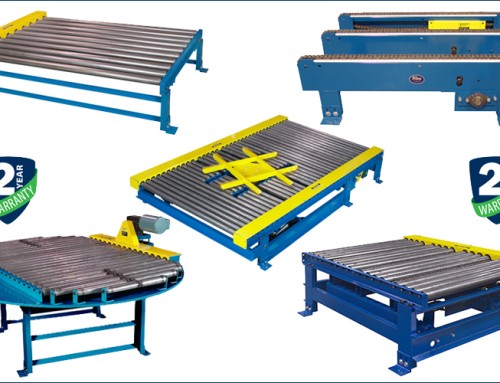When designing and implementing a pallet conveyor system, gathering comprehensive and accurate information upfront is crucial to meeting the unique requirements of each application. To accomplish this, we ask potential customers to answer detailed questions about their specific operational needs, environmental conditions, and pallet specifications. This initial information not only ensures the proper functioning of the conveyor but also optimizes safety, durability, and efficiency.
Firstly, understanding the environment is essential. Conveyors in ambient, freezer, heated, or outdoor conditions need specific materials, motor systems, and coatings to ensure longevity and reliability. Similarly, dusty or washdown environments often necessitate particular finishes and motor protections to prevent premature wear or malfunction. For example, a conveyor designed for a clean room will have significantly different requirements compared to one in a rugged, outdoor setting.
Next, we focus on detailed pallet specifications, such as size, type, and maximum weight. This allows us to engineer the system to handle the load appropriately and avoid issues like misalignment, slippage, or excessive wear. Rate requirements, such as pallets per hour, help us determine the ideal conveyor speed to meet production demands without bottlenecks. Information on the pallet’s bottom structure, orientation, and desired elevation (top-of-roller height) is crucial in ensuring seamless movement across the system and easy integration into the facility’s workflow.
In addition, preferences for motor brands, roller finishes, and even conveyor color help us deliver a system that fits well within the customer’s brand and operational standards. By providing detailed responses to these questions, customers enable us to design a conveyor solution that’s customized, efficient, and built to last, leading to a smooth implementation and lasting return on investment.




